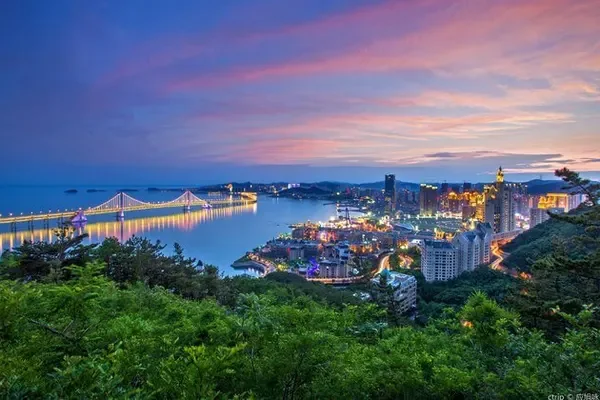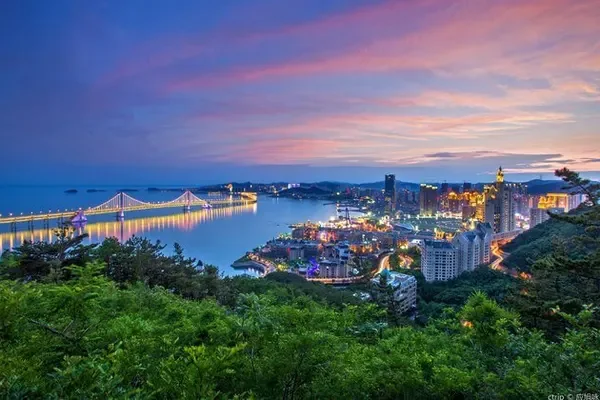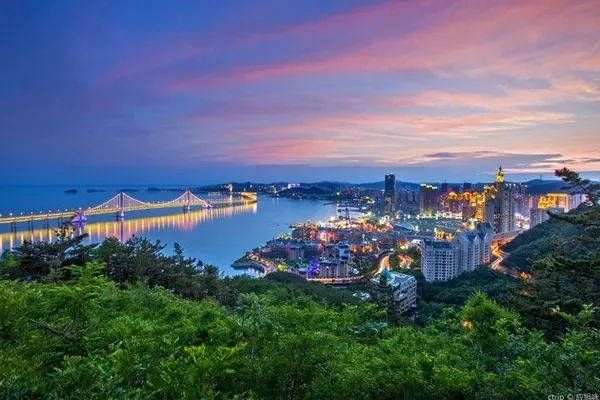







Korla City is the capital of Xinjiang Bayingoleng Mongolian Autonomous Prefecture, located in the hinterland of Eurasia and Xinjiang, and it means "overlook" in Uighur. This place is well-known at home and abroad for its rich Korla pears, also known as "Scented City". Bazhou is a large tourism area in Xinjiang, with many tourist resources, such as the famous "Bayinbulak Grassland", "Loulan Ancient City", "Lop Nur", "Bosten Lake", "Robu Village", "Tarim Populus euphratica Forest Park" and so on. Korla is the birthplace of Western Region culture, the throat of the ancient Silk Road, and an extremely important transportation hub and cargo distribution center in southern Xinjiang. The transportation from here to various tourist spots in Bazhou is very convenient, and in the golden autumn of October, the month with the least sandstorms is sunny and sunny. It is a good decision to choose to live in Korla before visiting the surrounding attractions.





"Robu Village" is located on the banks of the Tarim River in Dunkuo Township, Yuli County, at the northeast end of the Tarim Basin in Xinjiang, 35 kilometers from the county seat of Yuli County and 72 kilometers from Korla City. In the morning, the car was driving on the road to Yuli Highway, and the road conditions in Xinjiang were basically very good. It is the cotton harvest season now, and all the way through the cotton-producing areas, the cotton farmers are busy picking, collecting and transporting. When leaving Yuli County and entering the scenic spot, the large wild Populus euphratica forest on the roadside has already put on a golden yellow coat.










The "Robu Village" scenic spot integrates deserts, Populus euphratica, rivers, lakes, and cultural customs. It takes the cultural customs of the oldest ethnic group in Xinjiang as the soul, and unfolds a wonderful and beautiful picture. The Luobu people live in an isolated ancient village on the banks of the Tarim River. They do not grow grains or herd livestock. They only live by fishing in small boats. The honest and simple Rob people work at sunrise and rest at sunset. Year after year, they live in this peaceful and pleasant small village for generations. This is the hometown of long-lived people, because it is a nation that eats fish alone, and the rich nutrition makes many people live forever. After entering the scenic spot, take a shuttle bus to the first stop in the south of the scenic spot, the largest "Taklimakan Desert" in China. The biggest attraction of the desert here is not only the continuous ups and downs, the boundless desert, but also the Tarim River and the Weigan River, forming a unique landscape.








From the "Goddess Lake" scenic spot in the Taklamakan Desert, the first stop, to the village of the Rob people, I couldn't help but see a golden world. "The sunset clouds and the lone heron take off, and the autumn water is the same color as the sky." The beautiful scenery of the south of the Yangtze River is presented in the thousands of miles of yellow sand. The beauty of Populus euphratica here is that it coexists with water and is accompanied by water. The blue sky and the golden tree shadows are reflected in the lake's light and water, which is very graceful and beautiful.









The spirit of Populus euphratica has long been praised by the world as "living for a thousand years, not falling for a thousand years, and dying for a thousand years." Nowadays, the Populus euphratica forest in Ejina Banner, Inner Mongolia is the most photographed on the Internet. I visited it at the end of September 2015. The Populus euphratica forest in Ejina Banner is rich in landscape, and a large area of Populus euphratica forest is concentrated between Yiyiqiao and Badaoqiao, which has a great visual impact. The countless shooting themes can be said to make you soft. No wonder Zhang Yimou's "Heroes" was filmed in the Populus euphratica forest in Ejina Banner, and has become even more famous since then. Although the Populus euphratica forest in Lop Nur village is small, it grows in the unique water and lake, more like Xiaojiabiyu Tingting Yuli.











"Tarim Populus euphratica Forest Park" is located in Luntai County, Xinjiang, on the middle reaches of the Tarim River on the northeast edge of the Taklamakan Desert, about 278 kilometers away from Korla City. Starting from Korla, it took about 3 hours to drive, but fortunately, the road conditions along the way were good. I have long heard that this is the oldest, largest and most primitive wild Populus euphratica forest in China and even in the world. Touring the Ta River and enjoying Populus euphratica is a must-see attraction for tourists and Populus euphratica photographers every year in the golden autumn. I came here on October 21 when the Populus euphratica Forest Festival was held locally. In previous years, the Populus euphratica forest had all turned yellow at this time, but this year due to climate warming, some of the Populus euphratica forests are still green. It is also Populus euphratica near the water, the water quality may be different or there is more dust here, obviously not as clear and reflective as the lake water in the Luobu village. The Populus euphratica on the bank looks like tall and handsome boys, while the Populus euphratica by the lake in the village of the Rob people is like a pretty young girl.









塔里木胡杨林公园如今赶上旺季,景区内人满为患,尘土飞扬。无论是坐小火车观光还是乘游艇游览,连坐摆渡车都是人头攒动,无不排起长队。景区内每个人都随着人流被动的在奔走,赶时间,抢拍照,何谈有时间静下心来欣赏胡杨文化。景区内的导览似乎也是以商业的角度而设计的,让你无暇按照你的意愿而动。总之,塔里木胡杨林公园除了大和挤,并没有 给我留下原先的期待值。在新疆广袤的大地上,有着好几处的胡杨林--昌吉木垒县的胡杨像历经沧桑的老者,巴州尉犁县的胡杨像秀美的小姑娘,塔里木胡杨林则像英俊刚毅的小伙子,克拉玛依的胡杨林更像婷婷玉立的少女。


